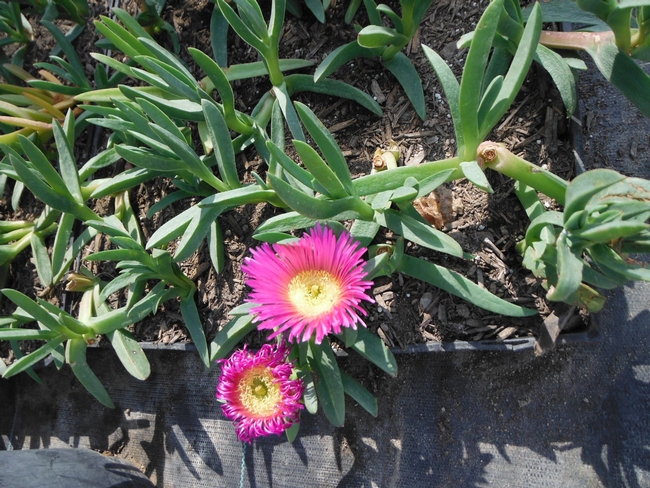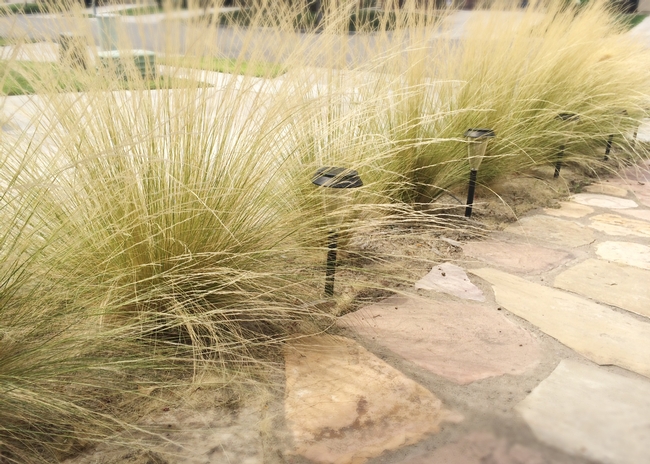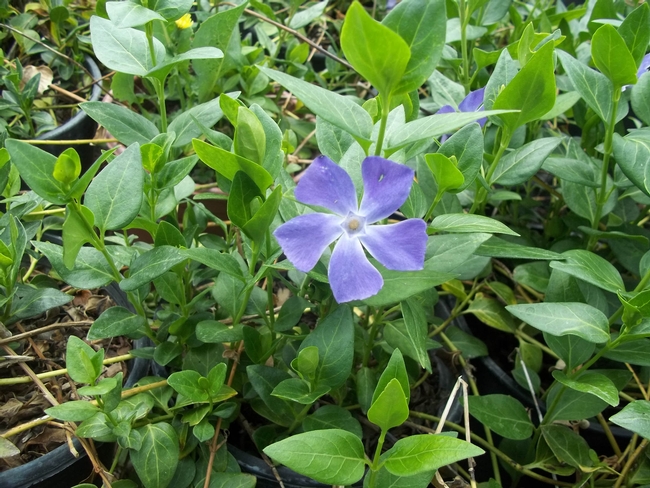California Invasive Species Action Week – Let’s work together to be better, do better, and grow better.
Words like 'invasive plants' or 'weeds' often have a negative connotation for a good reason. Both words describe plants growing where they are not wanted or welcome. Plants that have a propensity to spread quickly result in habitat loss for native plants, insects, birds, and other animals. This is incredibly destructive to our natural environment and the landscape that Californians love to call our own.
Fast spreading invasive plants can quickly and dramatically change a plant community from a diverse one to a monoculture. When these plant communities shift, wildlife loses food, water and shelter resources and are forced to move out or perish.
Unfortunately, this description is not an over-dramatization. As Californians, we must communicate frankly about the impact of invasive plants in our environment. This is an important issue that can easily grow out of control. One of the biggest challenges with invasive plants is that they oftentimes have desirable features, like beautiful flowers or a spreading habit that quickly covers a barren patch in a home landscape.
Well-intentioned people have sold, purchased, propagated, and harvested plants that are known to be invasive. When done so knowingly, the gardener may use the excuse that they will watch the plant and not let it get out of control. Unfortunately, there is no way to monitor a plant that is distributed by wind, birds and other sources. It may be possible to monitor that your plant doesn't ‘escape' to the neighbor's garden but what about the seeds that blew off in the wind and established on a hillside two miles away?
Paying attention to signage and programs that identify invasive plants is an important part of caring for our environment. When questions about weeds and invasive plants arise, the UC Master Gardener Program is available locally to support good decisions and help us all be stewards of a healthy California.
Trained and certified volunteers utilize the vast network of information and expertise of the University of California to support gardeners and concerned citizens. You can reach your local county program online at mg.ucanr.edu/FindUs/.
It's Invasive Species Action Week – let's work together to be better, do better, and grow better.
California Invasive Plant Resources:
- Cal-IPC
- Plant-Right
- California Department Fish and Wildlife
- Weed Research & Information Center (UC ANR)
- UC Integrated Pest Managment
Spend your lunch learning about invasive species. Brought to you by UC Agriculture and Natural Resource and the California Invasive Plant Council, come hear from the experts about emerging tree pests, aquatic invasive species, and invasive weeds and fire.
Invasive Species Lunchtime Talks:
- Shot hole borers and other threats to California's trees (June 5, 12:10 - 1pm)
- Quagga mussels, nutria and other threats to California's water bodies (June 6, 12:10 - 1pm)
- Invasive plants and fire in California (June 7, 12:10 - 1pm)
Join from a PC, Mac, iPad, iPhone or Android device:
Please click this URL to join. https://ucanr.zoom.us/j/401190822
Or join by phone:
Dial(for higher quality, dial a number based on your current location):
US: +1 (646) 558-8656 or +1 (669)900-6833
Webinar ID: 401 190 822








At the S.B. Seed Library, our notes for fennel read: "invasive - please plant in a contained area!" Thanks for this article. It's important for us to learn and teach one another which plants are invasive, and how to best keep them in check.
Posted by Michele Martinez on June 12, 2018 at 8:27 AM